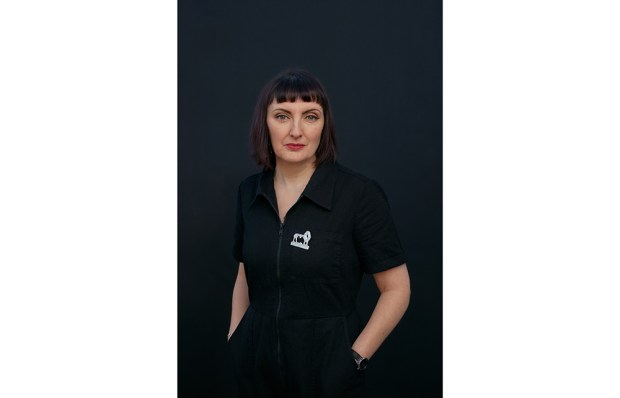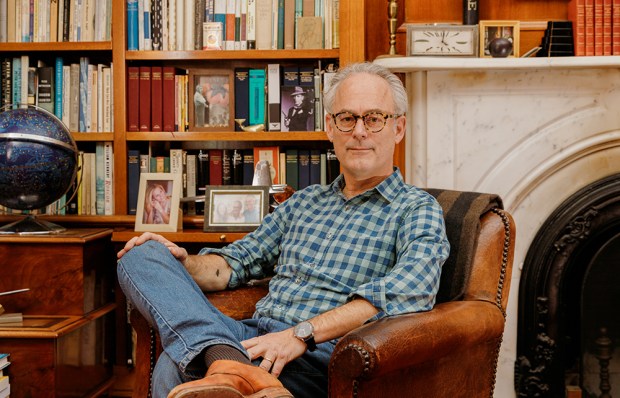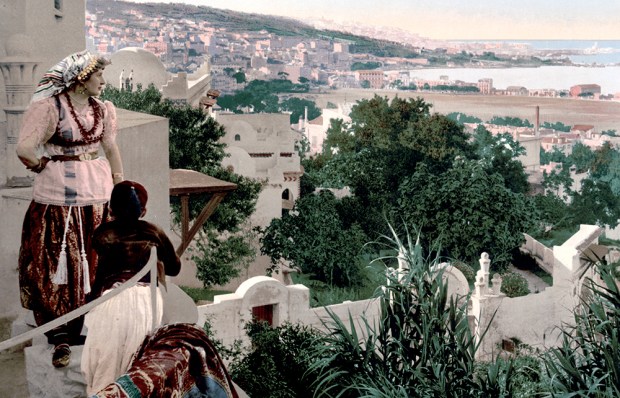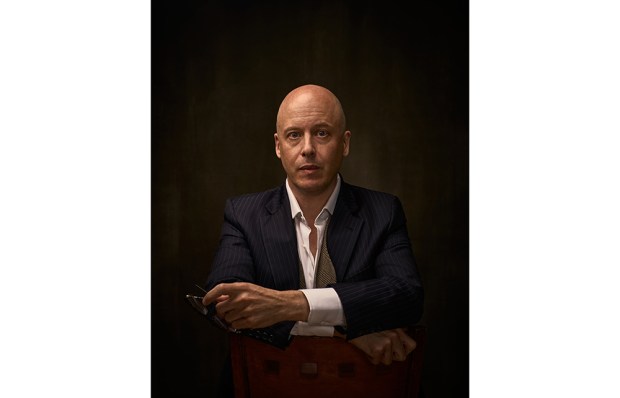The Island of Missing Trees feels like a strange title until you realise how hard Elif Shafak makes trees work in her latest novel, an epic tale about love, grief and memory set in Cyprus and London between 1974 and the ‘late 2010s’.
One tree, a fig or ficus carica, narrates half the story, tipping Shafak’s 12th novel into myth territory.
Already a subscriber? Log in
Subscribe for just $2 a week
Try a month of The Spectator Australia absolutely free and without commitment. Not only that but – if you choose to continue – you’ll pay just $2 a week for your first year.
- Unlimited access to spectator.com.au and app
- The weekly edition on the Spectator Australia app
- Spectator podcasts and newsletters
- Full access to spectator.co.uk
Or
Unlock this article
You might disagree with half of it, but you’ll enjoy reading all of it. Try your first month for free, then just $2 a week for the remainder of your first year.














Comments
Don't miss out
Join the conversation with other Spectator Australia readers. Subscribe to leave a comment.
SUBSCRIBEAlready a subscriber? Log in